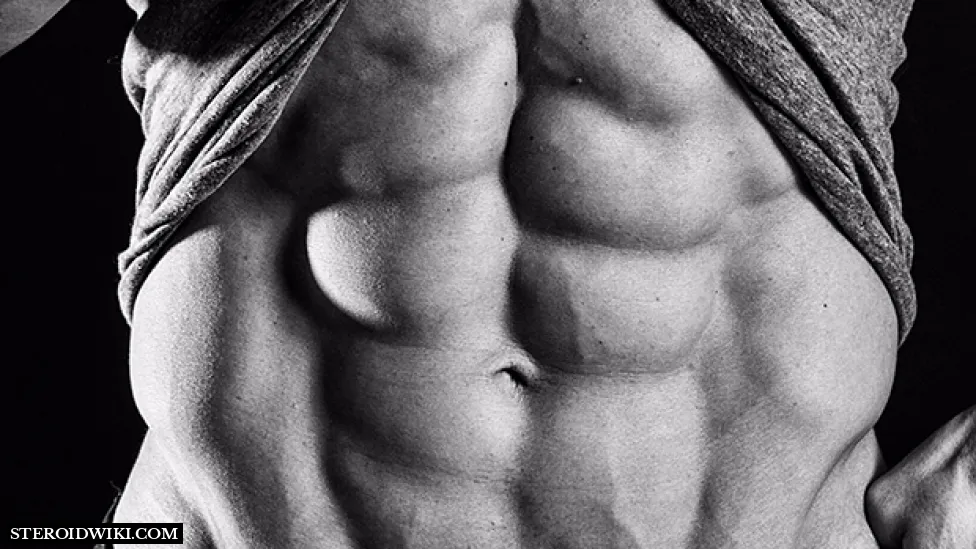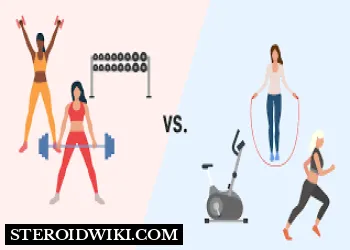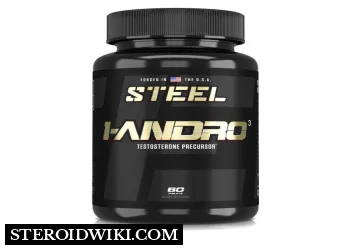4 Alternates for Chiseled Abs
There are 2 things you need to do if you want your abs to be visible. The first is, of course, good nutrition. The second is an intense and effective workout for the abs.
Many people have burned their wings trying to achieve their dream of chocolate bars. The reason for these failures is that getting your dream physique doesn't happen overnight . It takes a lot of work and time.
However, sometimes even that seems insufficient. You find yourself doing hours of abominable crunch exercise and nothing but pain shows up. The reason for this failure may be poor exercise choice (this reason usually comes second to poor diet). There are many moves that have been claimed to be "good for the abs" but are actually not worthy of your efforts.
Here is a list of the 4 exercises that fit this description and the alternatives that will give you better results.
1. Standing side bends
The reason why this difficult exercise, which involves both the obliques and the abdominals, makes it to this list, is that it can be really dangerous for your development and your health.
Many practitioners find this movement extremely demanding and have difficulty executing it in its full amplitude, which is necessary to target the deep abdominal muscles. This can lead to spinal injuries. So, before you get into side bends , it is recommended to master the basics.
In order to perform this exercise correctly, you must first learn to isolate your muscles, through perfect stance.
Hold your dumbbell in one of your hands. Your hips and knees should form a straight line with your spine. Continue contracting your abs and activating all peripheral muscles as you begin the movement. Make sure you bend at the waist and don't swing your hips.
ALTERNATE EXERCISE: THE DYNAMIC SIDE BRIDGE
The alternative to standing side bends is the dynamic side bridge . This exercise tenses the muscles without the need to add weight. It activates the abdominal muscles which are involved in stabilizing the spine. In addition, it also activates the gluteus medius which connects the hips to the abdominals.
Start by mastering the side plank by keeping your muscles in maximum contraction. Make sure you can hold the position for at least 20 seconds. When you can, it's time to move on. Slowly lower your hips to the floor, then return to the starting position with an explosive contraction.
2. Sit-ups on an inclined bench
Incline bench sit -ups are probably the most used exercise among those that can do more harm than good. Although this exercise can be beneficial for more advanced bodybuilders, it requires precise execution and a lot of concentration. However, since most practitioners tend to perform it by adding weight in front of them, this abdominal exercise can cause a lot of pain.
The first problem is that it can put a lot of stress on the lumbar vertebrae. Most people who get into this exercise tend to approach it like floor crunches. However, these two exercises are very different and require subtle alterations of movement.
The distinguishing feature of these two movements is obviously the greater angle of the sit-ups on the incline bench, which require greater strength. By increasing the angle, you increase the force needed to lift yourself, but also the length of the movement. All of this puts even more strain on your muscles, which increases the risk of injury.
Be aware that repeatedly asking your spine to bend all the way down can cause structural damage and soft tissue damage, which sets the stage for disabling injuries. This exercise therefore poses a risk to your health, even if you perform them perfectly. It's even more devastating when people tend to add difficulty to exercise.
So even if you've chosen to add this exercise to your strength training program, try to follow these tips: don't increase the speed. Execute the movement at a steady tempo. Do not add weight. And if you do, be moderate. Do not twist the torso at the end of the bend. Never overdo anything when it comes to this exercise.
If you still want to practice this exercise, you should learn how to do it perfectly. Concentrate on the abdominal contraction, keeping your spine in as neutral a position as possible. Any wrong move or sudden gesture can have serious consequences.
ALTERNATE EXERCISE: THE 90 DEGREE UPRIGHT PRESS
The mechanics of this exercise are easy to master. Lie on your back and bring your hips and knees to 90 degrees, which will prevent hip flexor activation. Hold a cast iron disc at arm's length, above your chest. Push the straight arm weight up using the strength of your abs in a controlled motion.
This exercise targets the rectus, which is the main flexor of the spinal column, and extends from the sternum to the pelvis.
This exercise has an additional benefit. As you progress, you can add weight, which will make it even more effective. That's one thing you can't do with crunches without increasing the risk to your spine.
3. The plank
The classic floor crunch or sit-ups don't get good press. We have talked a lot about it in the articles: are the harmful effects of crunches , in sit-ups dangerous? , or even: Why do I have back pain when I do abs?
The crunch that actually produces little or no results has suddenly become obsolete. The plank entered the ab workout scene as our lower back saviour, promising better results than our good old crunches.
Although the board is presented in a benevolent light, with noble intentions, it appears to be just another illusion. Obviously, the board has its own strengths. For example, it decreases the stress on the spine, compared to crunches. However, it lacks consistency in training abs.
One of the best things about the board is that almost anyone can ride it with no problem. All it takes is putting your elbows on the ground, straightening your back, and holding the position. This should strengthen the abdomen, without back pain and risk of injury. But, in reality, the problem with the traditional plank is that it does not offer a deep activation of the muscles of the abdomen, in the long term.
This is because the difficulty of the traditional board is increased through hold time or by using loads. However, this can make the exercise detrimental to the body, causing postural dysfunction and ligament injuries, because the abdomen is not supposed to remain tense in isolation for an extended period of time.
Alternate Exercise: RKC PLANK (RUSSIAN KETTLEBELL CHALLENGE)
The more effective alternative is the RKC plank, which is a more demanding exercise. Since it requires greater effort and is more dynamic than the traditional plank, this variation can be used both as a warm-up and as an exercise to end the session.
During the RKC plank, your arms are placed slightly further forward than during the traditional plank, with your elbows closer together. Cross your fingers and position yourself like this, with your feet shoulder-width apart.
Once in position, close your fists, contract your thighs and glutes. Contract your muscles without moving the body and maintain maximum intensity. Hold the position for at least 10 seconds, until your body begins to shake.
4. Medicine Ball GHD Sit-ups
Although this exercise is very popular, it could be one of the riskiest for your spine and your health.
It was revealed to the general public thanks to Crossfit competitions , which have an international echo. And, although CrossFit officials at one point recognized that this exercise could be potentially dangerous for even the most experienced athletes, they never removed it from their program.
The truth is that this exercise is so dangerous that it can cripple you. It should therefore be avoided at all costs.
ALTERNATE EXERCISE: REBOUNDS WITH A GYM BALL
This exercise uses the same movements and dynamics as the Medicine Ball GHD Sit-ups. It also stimulates the abs while maintaining the connection between the abdomen and the upper body.
Because this exercise relies on natural movements of your spine and hips, you reduce the risk of injury to your lower back and pelvis. It also allows for an increase in intra-abdominal pressure, which will then help you with other compound movements.




















